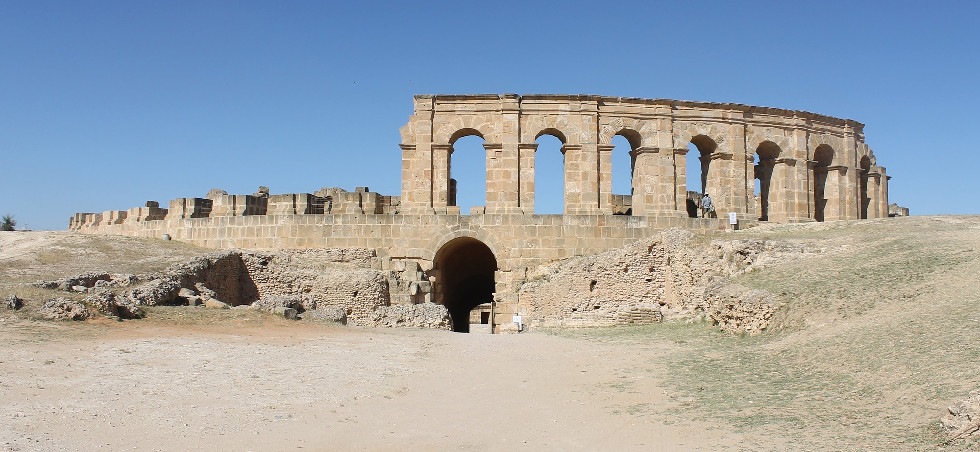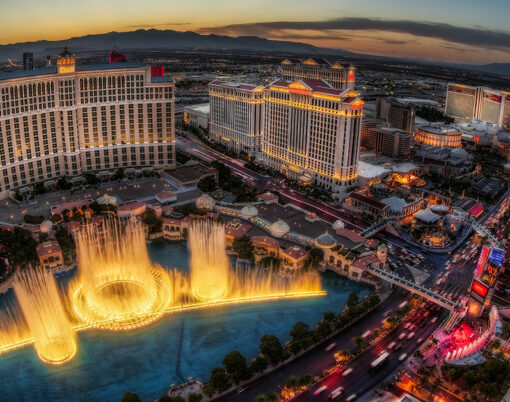Kris Griffiths takes a five-day tour around the North African country that’s welcoming back tourists in their thousands, with attractions ranging from pristine beaches to ancient architectural wonders.
Tunis
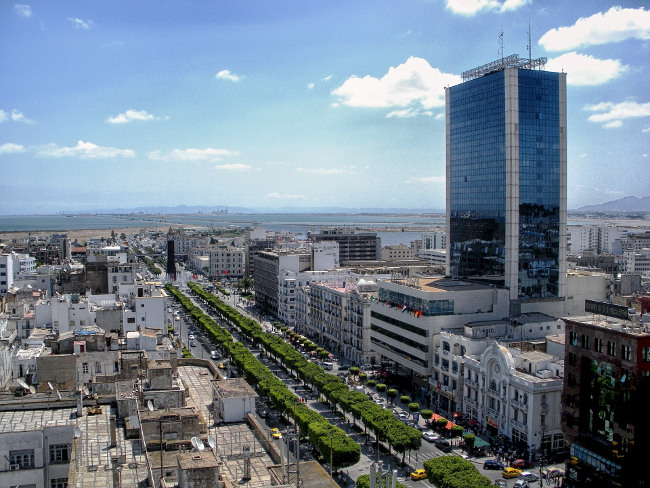
Tunisia’s capital is the perfect introduction to the country, where Eastern and Western influences combine to create one of the more fascinating cities in this part of the continent.
Situated on the Mediterranean coast but not boasting much in the way of beaches, it makes up for it with the world-famous Roman ruins of Carthage on its eastern edge – iconic marble piles and tumbled columns framed by the Mediterranean Sea. There’s also a medina souk that’s one of the least touristy and most hassle-free in North Africa.
With a population of less than 700,000 the city is fairly compact, divided into the old city (the medina) and the new city (ville nouvelle), the latter of which is characterised by belle époque architecture and a relaxed French café culture.
Spared the effects of package tourism found in the resorts to the north and south of it, Tunis gives you a real authentic taste of the country and its culture, and is a great starting point from which to explore the rest of it.
Sousse
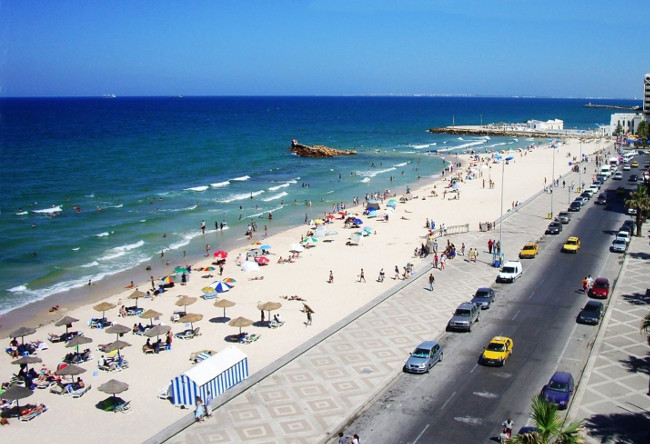
About 150km south of Tunis, on the same east coast overlooking the Mediterranean, Sousse has gone on to become one of the most tourist-friendly cities in Tunisia, popular particularly with Germans, Britons, Russians and East Europeans.
It flaunts excellent beaches and clear turquoise waters, and by the time night falls becomes a bit more bold and brash, with a vibrant bar scene and some of the best luxury hotels in the land to return to.
And just like other cities here it marries the new with the old, its long history dating back to the 11th century when it was founded by the Phoenicians. Its Roman era is encapsulated by the Sousse Museum, which houses a wide collection of impressive Roman mosaics to rival those in Tunis’s Bardo Museum, as well as statues and whole burial tombs.
So whether you’re a beach lover or a culture vulture, you really have the best of both worlds in this coastal hub.
Zaghouan
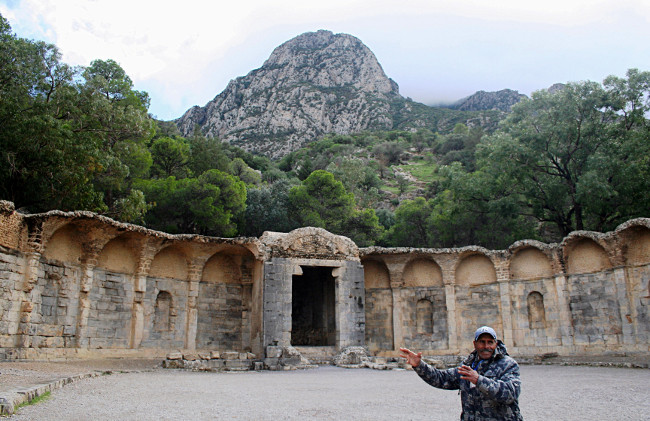
Seventy kilometres west of the capital, Zaghouan is a tranquil town on the northern side of the Dorsal mountains which holds historical prominence as the site of The Water Temple of Zaghouan, or ‘Temple des Eaux’ as it’s usually referred to in French.
It was constructed here in 139AD at the source of the Zaghouan Aqueduct of Carthage, one of the longest and most impressive aqueducts built during Roman times, in this case by Emperor Hadrian to transport water to Carthage 130km away after a five-year drought.
The Water Temple remains an impressive monument and not particularly busy with tourists so you can have a long and undisturbed wander around its walls and up the hillsides in the surrounding national park. There is also caving and hiking on offer here, and views stretching from the Djebel Zaghouan mountain behind the temple out to the Mediterranean on a clear day.
Kairouan
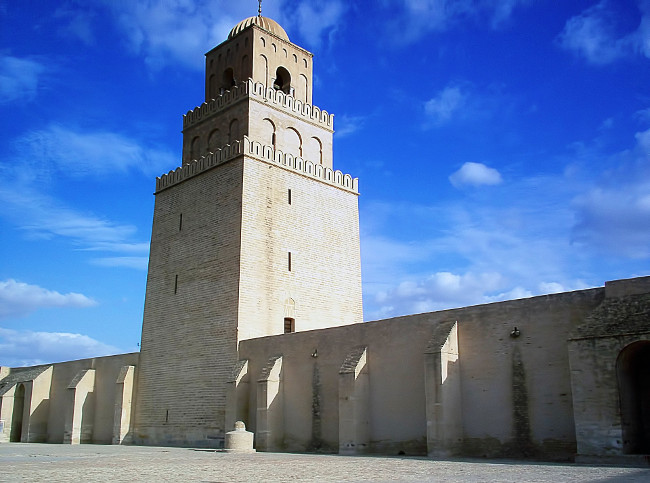
This ancient city is regarded as the fourth holiest site in Islam, after Mecca, Medina and Jerusalem, due to the presence of its Great Mosque – the oldest of its kind in North Africa. Declared a World Heritage site by UNESCO, the 7th century mosque is a masterpiece of Islamic architecture, extending over a surface area of 9,000 square metres, incorporating a marble-paved courtyard, a hypostyle prayer hall and a towering square minaret.
The rest of Kairouan accordingly feels far removed from the relative hedonism of the beach resorts to the east of it: Islamic to its core and rooted in tradition, but well adapted to the commercial necessities of the modern era, personified in the day-tripping tourists drawn to its ancient walls.
El Jem
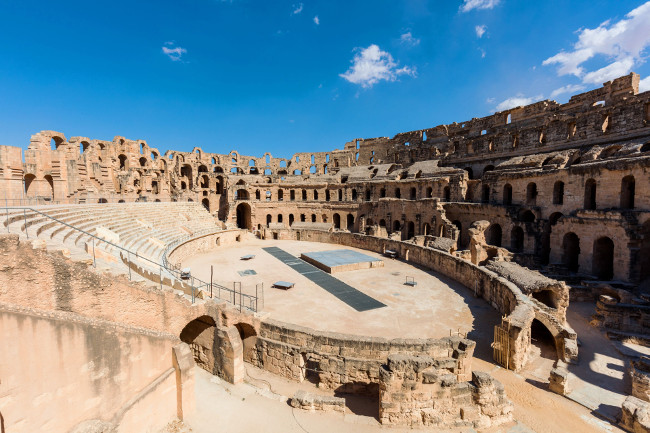
Without doubt one of the most famous of Tunisia’s ancient ruins is the spectacular UNESCO-listed Roman amphitheatre which dominates the eastern town of El Jem. Built around the middle of the third century and housing up to 40,000 spectators, it is the second largest amphitheatre in the world after Rome’s famous Colosseum, yet has only a fraction of the number of tourists visiting it so on an out-of-season afternoon you can have pretty much the run of the place.
Climb up to the higher reaches for a lofty view over the arena where once took place bloody gladiatorial contests and executions of criminals by wild animals, or head down into the basement area to explore the rooms where those gladiators and animals would have been held before the spectacle commenced.
Fans of the movies Life of Brian and Gladiator may also recognise the place as scenes from each were filmed here in the 70s and 90s.
Takrouna
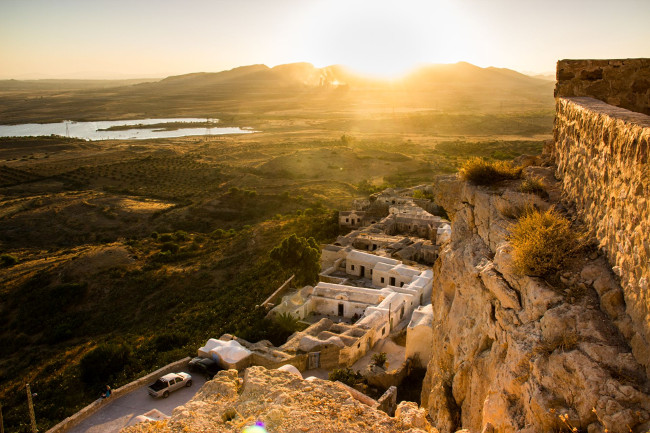
A real hidden gem of a location, equidistant between Sousse and Tunis in the Sahel region but well off the beaten track, this little berber village perches on a hill 200 metres above sea level, overlooking the Gulf of Hammamet. The views from the top, sweeping from Djebel Zaghouan in the north to the Kairouan plain in the south, are truly epic, making for some memorable photos, particularly around sunset.
The village residents practice weaving and making Berber rugs, which you can purchase for an authentic artisan souvenir, and near the top of the hill sits a rustic café where you can enjoy those same views over a brew, without the usual tumult of a city café at street level.
Incidentally it was interesting reading the guestbook here, containing numerous comments from visiting Kiwis – turns out Takrouna was the site of the last major action by New Zealand troops in North Africa during World War II, in which 550 soldiers lost their lives fighting Italian and German troops who’d been pushed back to this very spot.
It just goes to show that, while Tunisia’s major towns and cities remain historical hotspots, even the most remote villages have fascinating stories behind them, making the effort of a visit all the more worthwhile.
Kris flew with Tunisair and stayed at the five-star Mövenpick Marine Spa Sousse and Hotel Plaza Tunis.
For further information on visiting Tunisia, visit discovertunisia.com .












